You would be surprised to see how people can work around a rule. NVIDIA’s successful implementation of its anti-crypto software frustrated the whole crypto community. After NiceHash cracked the software, it was the Asian manufacturers who made the news.
Chinese and South Pacific-based OEMs have started retailing NVIDIA’s GeForce RTX 30 Mobility GPUs in the guise of mining-ready desktop chipsets.
Twitter user @I_Leak_VN posted an example of an RTX 3070M card inserted inside a cheap VGA.
The manufacturers put an NVIDIA RTX 30 series GPU into a desktop-grade PCB with a cooler. The devices are compatible as the Mobility chips feature the same die, despite having different core specs and power consumption needs.
After the change, the graphics card offers up to 65 MH/s crypto mining performance in Ethereum. These cards are not based on the LHRv3, so NVIDIA’s anti-crypto algorithm does not affect them. However, the new drivers enable LHR so that a 100% hash rate is not attainable.

The cheap hack is being done to meet the ongoing stock demand by the crypto miners. While several GeForce RTX 30 series chips are being used, the RTX 3070M and RTX 3060M are popular choices.
The cards come with a significant resale value because of their display outputs. However, there is no way to tell how much they have been utilized for mining purposes.
Ever since this practice has come into focus, users have refrained from further purchases and were seen advising others against the same. Chinese retailers have already produced a long list of such items. Hence, it remains a go-to for those looking for a cheaper alternative to improve their setups.
Calling back these GPUs is not an option as it would cause the prices of other GPUs to fluctuate. The crypto market has been undergoing an unstable transition, so these trade practices are not surprising. Hopefully, we can expect NVIDIA to come forward with a stricter resolution soon.
About Nvidia
NVIDIA Corporation is an American multinational technology company incorporated in Delaware, based in Santa Clara, California. They design graphics processing units (GPUs) for the gaming and professional markets, as well as system on chip units (SoCs) for the mobile computing and automotive market.
Best known for the “GeForce” lines of GPUs, they are a direct competitor to AMD’s “Radeon” series. NVIDIA has also expanded its offerings with its handheld game consoles Shield Portable, Shield Tablet, and Shield Android TV and its cloud gaming service GeForce Now.
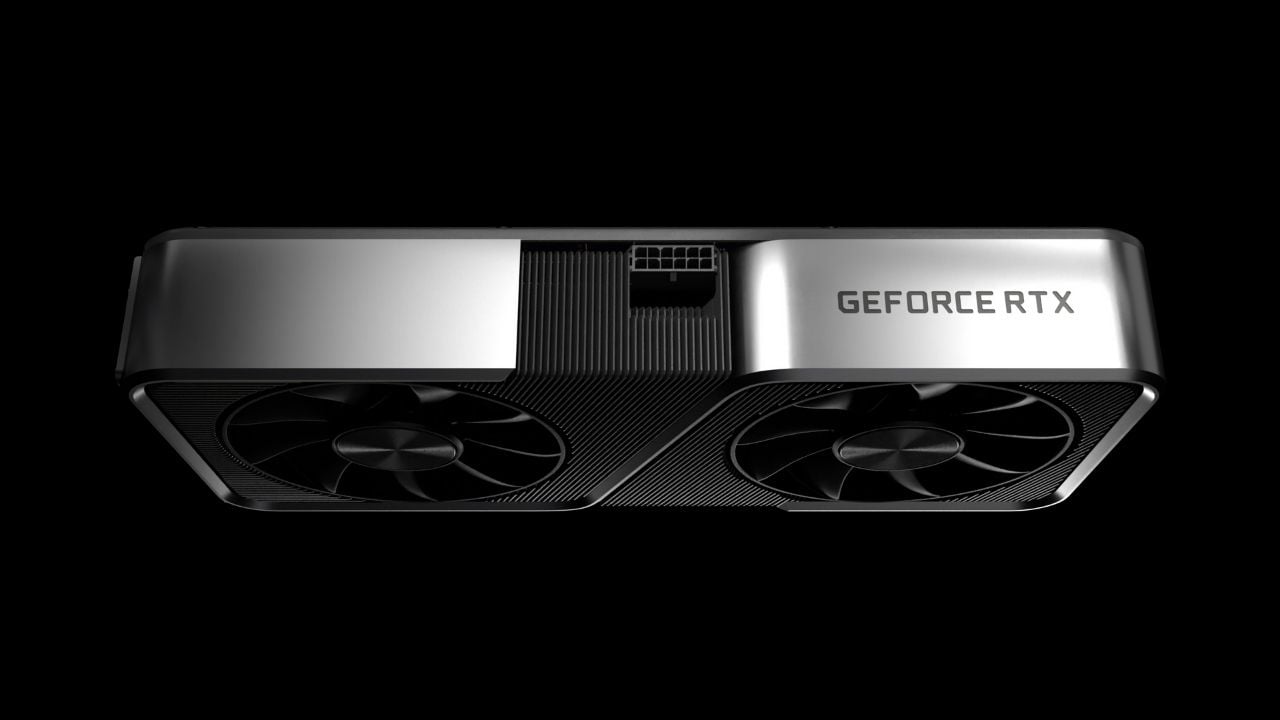

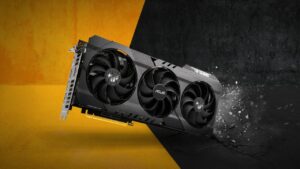
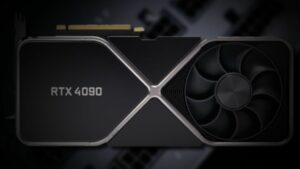

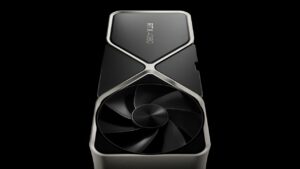
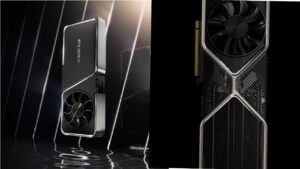

No Comments on RTX 30 Series GPUs Being Sold as Desktop Mining Chips by Asian OEMs